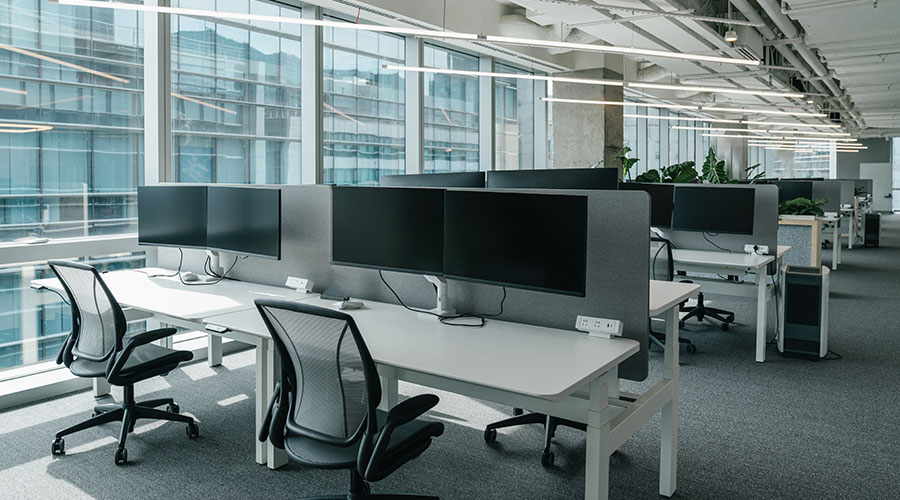Taking the LEED Approach to Reducing Lighting Use
The Leadership in Energy & Environmental Design (LEED) rating system takes different approaches to lighting power reduction in its different rating systems — new construction, commercial interiors, LEED 2009, LEED 4.0. Strategies identified for the LEED Existing Building, Operations and Maintenance (EBOM) system mainly deal with increasing the lighting controllability of occupants through task lighting, physical controls, and overhead lighting controls — dimming switches and multi-zone lighting — with the goal of providing control to at least 50 percent of regularly occupied spaces. By increasing the control by occupants, managers can reduce the number of broadly over-lit spaces.
In many organizations, a general stigma exists regarding the cost of lighting controls upgrades because they do not offer as quick a return on investment as replacing incandescent bulbs with fluorescents or swapping out T12 for T8 or T5 fixtures, but energy codes have evolved, and this is a mindset of the past.
What was a 20 percent reduction in ASHRAE 90.1 2010 edition might be only a 5 percent reduction as compared to the 2013 edition. A recent survey found that occupancy sensors represented an energy-savings potential of 24 percent, while daylight harvesting represented a potential 28 percent energy savings and up to 38 percent savings if it included multiple control approaches, including personal light level adjustments and institutional tuning.
Per the LEED recommendations, managers should focus on the controllability of systems for a reduction in energy consumption and improved occupant comfort. Lighting systems that integrate dimmable ballasts with a lighting control system can be programmed to adjust space lighting levels for greater functionality. So technicians can set lighting levels — and subsequently reset them as space function changes — during the commissioning process.
Such lighting designs allow users to maintain reduced lighting levels in non-task areas, such as corridors, while maintaining lighting levels in individual offices and specific function spaces. Such systems also retain the capability of scheduling to turn lights off during unoccupied hours. Studies also have shown that different users desire different lighting levels for similar tasks, based on age and personal preference, so dimmable ballasts allow this increased control among various spaces.
Related Topics:















